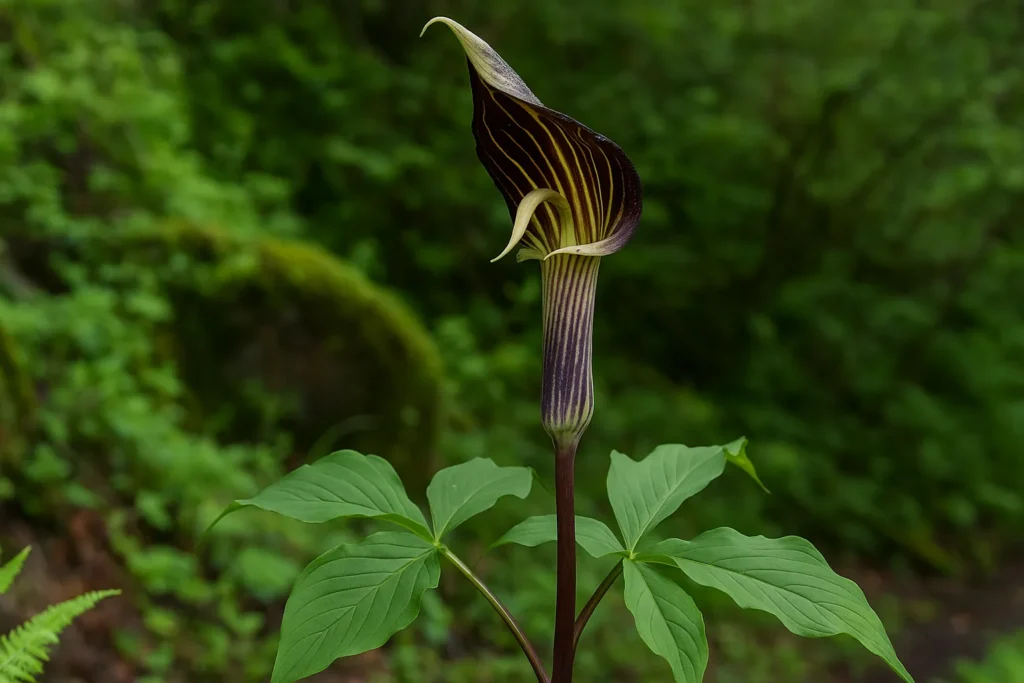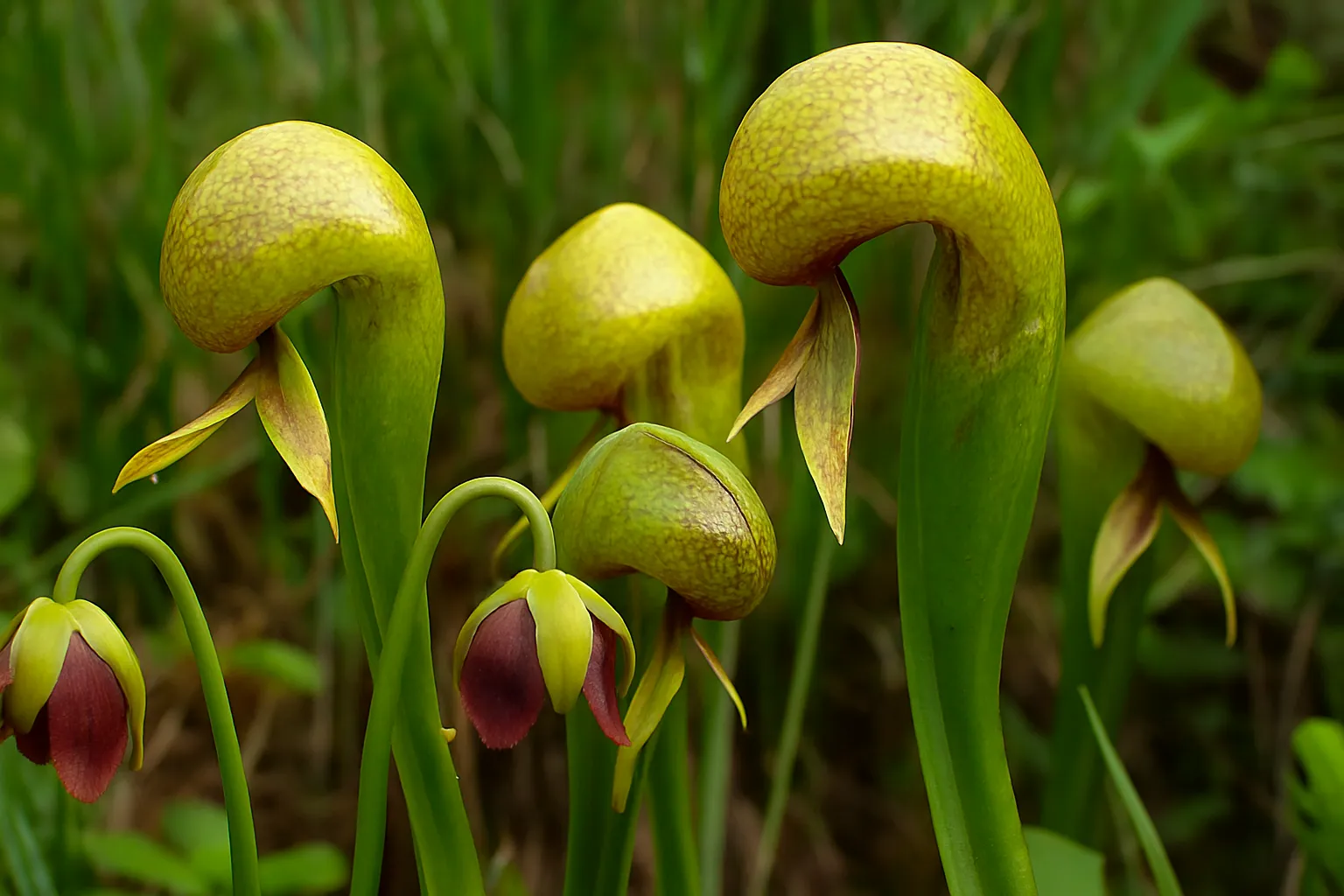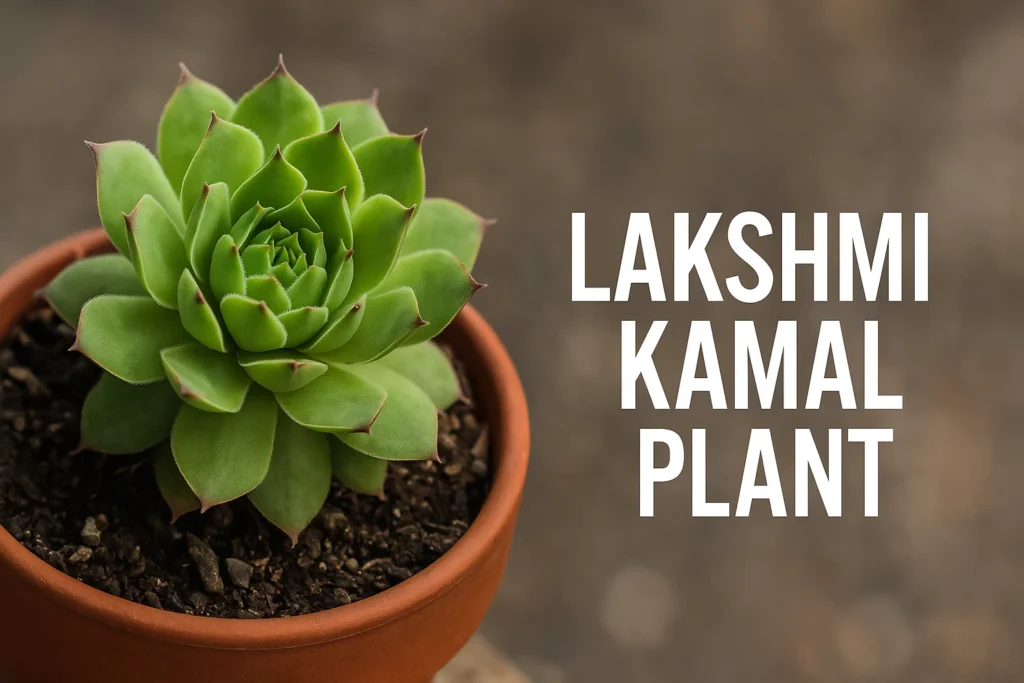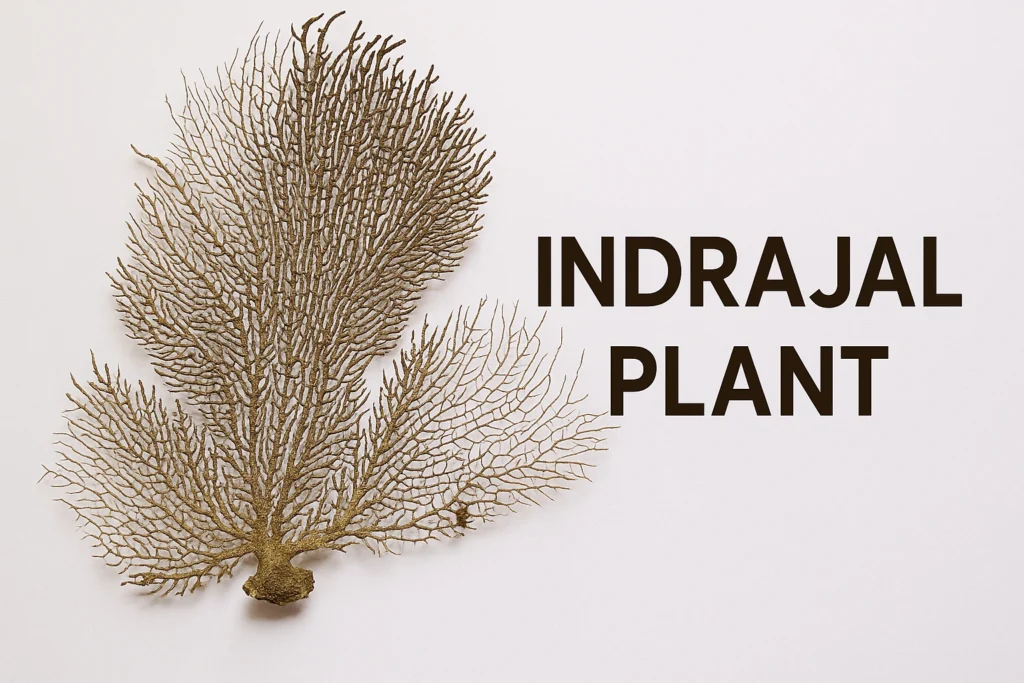When you hear the word “lily,” you probably picture a delicate, fragrant flower blooming in a sunny garden. But the cobra lily? That’s a whole different story. This plant isn’t just unique—it’s downright wild. Imagine a flower that looks like a snake, eats insects, and thrives in nutrient-poor soils. That’s the cobra lily in a nutshell. Let’s take a deeper dive into what makes the cobra lily plant such a captivating and rare member of the plant world.
What is Cobra Lily?
Before we explore care tips or wild facts, let’s get clear on the basics. The cobra lily, scientifically known as Darlingtonia Californica, is a species of carnivorous plant that belongs to the same family as pitcher plants. It’s native to parts of Northern California and Oregon, usually growing in boggy, nutrient-deficient areas.
The plant gets its nickname from the way its leaves form a hooded, snake-like shape—complete with forked appendages that look like a cobra’s tongue. Unlike most plants, cobra lilies don’t get all their nutrients from soil. Instead, they trap and digest insects inside their tubular leaves. Pretty cool, right?
The Unique Appearance of the Cobra Lily Flower
Let’s talk about the drama. One of the most eye-catching features of this plant is the cobra lily flower, which blooms in late spring or early summer. The flowers are reddish-green and hang like lanterns above the main plant. They’re pollinated by flies and beetles that are drawn to their odd scent and shape.
The leaves are what really steal the show, though. They arch over like a snake’s hood, and their translucent “windows” confuse insects trying to escape. This is part of what makes the Darlingtonia Californica flower not just beautiful, but deadly (at least to bugs).
How the Cobra Plant Hunts: Nature’s Little Trickster
Now here’s where things get even more fascinating. The cobra lily carnivorous plants have evolved a clever system to trap their prey. Insects are lured into the plant by nectar and bright light. Once inside, they find themselves in a slippery tube lined with downward-facing hairs. And thanks to those fake “exit windows” near the top, they often get disoriented and end up falling deeper into the trap.
Unlike many other pitcher plants, the cobra lily doesn’t rely on rainwater to fill its pitcher. Instead, it pumps water from its roots. That alone sets it apart in the carnivorous plant world.
California Pitcher Plant Facts That Might Surprise You
So, what makes the California pitcher plant stand out from its carnivorous cousins? Here are a few mind-blowing California pitcher plant facts:
- It regulates internal water temperature. Cobra lilies actually pump cool water into their traps to prevent heat buildup, which could harm the plant and its digestive enzymes.
- They don’t use digestive enzymes like others. Instead, they rely on bacteria and microorganisms inside the pitcher to break down their prey.
- They’re slow growers. It can take several years for a cobra lily plant to mature and start flowering.
This slow and steady growth might be one reason they’re so rare and prized among plant collectors.
Himalayan Cobra Lily: A Distant Cousin Worth Mentioning

While we’re on the topic, let’s not confuse Darlingtonia Californica with the Himalayan cobra lily, which belongs to a different genus called Arisaema. Although they share a name and a vaguely similar snake-like appearance, these two aren’t closely related. The Himalayan cobra lily grows in the cooler, high-altitude regions of India and Nepal.
Unlike its American counterpart, it’s not carnivorous but still captivates with its exotic looks and upright hooded flowers. If you’re already exploring the flora of the Himalayas, you might also want to check out the Snow Lotus and Saussurea Obvallata, both rare and culturally significant plants from the same region.
Cobra Lily Plant in India: Can It Grow Here?
Now, if you’re in India and wondering whether you can grow a cobra lily plant in India, the short answer is: it’s tricky, but not impossible. The cobra lily thrives in cool, moist environments with nutrient-poor, acidic soil—conditions that are hard to replicate in most parts of India. However, if you live in the hills (like parts of Himachal or the Nilgiris) and can control humidity and temperature, it might just work with extra care.
People fascinated by unusual flora in India often lean towards the Neelakurinji or the striking Blue Vanda for native exotic options.
Cobra Lily Care: Is It a High-Maintenance Beauty?
Let’s say you manage to get your hands on one. How do you take care of it? Cobra lily care is definitely more for plant lovers with patience and attention to detail. Here are the basics:
- Cool roots: Keep the roots cold by using chilled, purified water. Some people even use aquarium pumps to circulate cool water around the pot.
- Light: Bright but indirect sunlight is ideal.
- Soil: Use a mix of sphagnum moss and perlite. Avoid fertiliser—it will harm the plant.
- Water: Distilled or rainwater only. Tap water with minerals can damage the root system.
Because they mimic bog conditions, these plants do well in terrariums or mini-greenhouses where humidity can be managed.
For those who love low-maintenance garden upgrades instead, Invisible Grill Installations can keep curious pets and kids away from your plant collection while keeping your view clean and unobstructed.
Why Cobra Lilies Are So Rare and Protected
You might be wondering why you don’t see these plants sold at your local nursery. That’s because Darlingtonia is listed as a protected plant in some areas due to habitat loss and illegal poaching. It grows in very specific wetland conditions that are often disrupted by human development. So, if you’re serious about owning one, make sure you buy it from a reputable, ethical source.
Its rarity also makes it something of a botanical trophy. It’s right up there with collectors’ favourites like the Flame Lily and the mysterious Gokarna Plant.
Final Thoughts
The cobra lily is a marvel of evolution — an elegant blend of form and function. From its cobra-like hood to its carnivorous cunning, this plant is not only a wonder to behold but a challenge to grow and care for. Whether you’re learning about it for the first time or dreaming of nurturing one in your own collection, it’s the kind of plant that makes you pause and admire the creativity of nature.
So next time someone asks what is cobra lily, you’ll have a fascinating answer backed by facts, stories, and an appreciation for one of the most unique members of the botanical world













